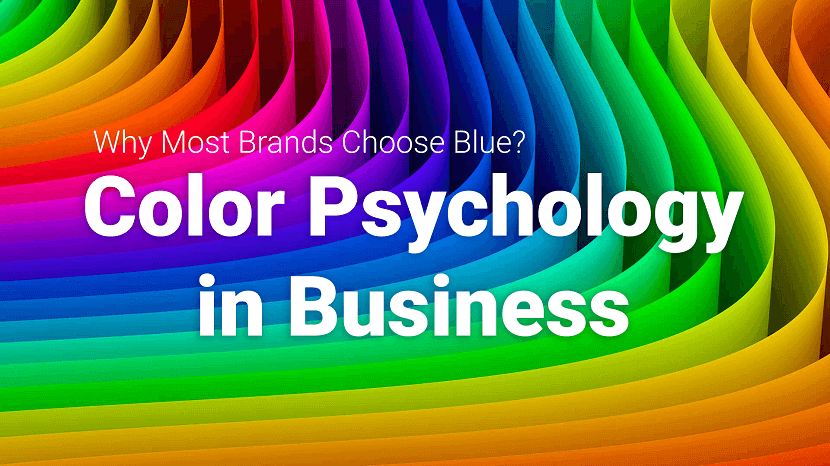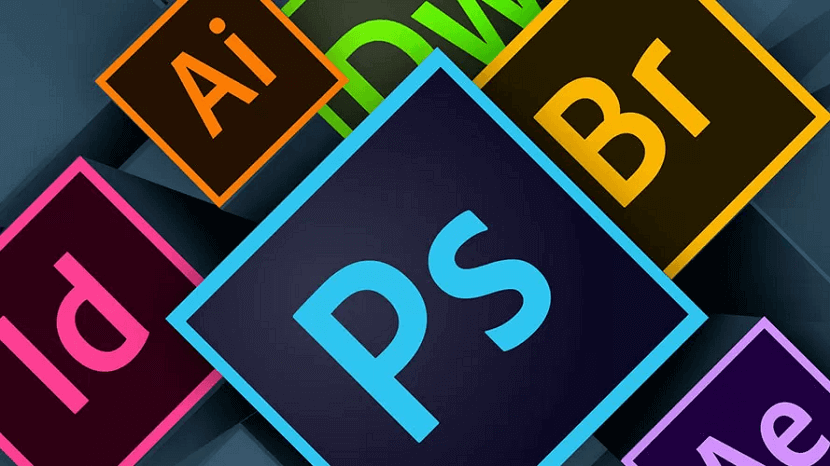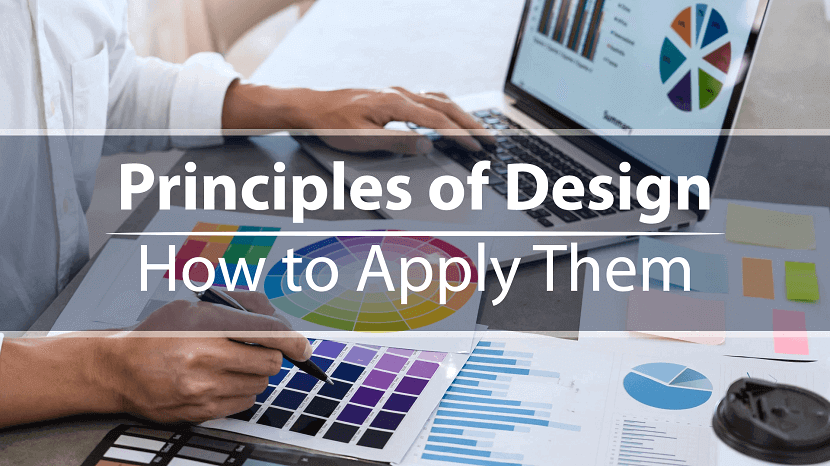
On a subconscious level, red reminds us of stop signs and the urgency that goes with them.
Blue reminds us of clear, open skies and the comfort of nice weather.
Black reminds us of absolute darkness, along with the fear and allure of the unknown.
Colors affect us all deep down — the same depths responsible for our gut reactions, purchasing behavior, and problem solving skills. So, ignoring colors in branding and marketing is a missed opportunity.
Whether you’re new to using colors in business or if you want to stay current with some advanced techniques, this article aims to teach you a little about color psychology and how you can leverage it to turn a profit.
What does each color mean?
Let’s start with the fundamentals of color theory. Perhaps due to frequent associations or maybe even part of our human evolution, colors evoke specific emotions, moods, and atmospheres in whomever views them.
While subtle and almost imperceptible, color psychology can still create a lasting influence on a person’s thinking, especially if viewed repeatedly, as with branding.
For the sake of simplicity, we list only the meanings of the basic colors. Combination colors tend to retain traits of their parent colors, although weakened. Here’s the most common moods colors give off:
- Red: aggressive, urgent, passionate
- Orange: energetic, playful, affordable
- Yellow: friendly, happy, attentive
- Green: growing, prosperous, natural
- Blue: trustworthy, inviting, calming
- Purple: luxurious, royal, sensual
- Black: sophisticated, edgy, mysterious
- White: clean, innocent, healthy
- Gray: formal, gloomy, traditional
- Pink: youthful, feminine, romantic
- Brown: rustic, stable, manly
One 2020 study that surveyed the emotional associations of 4,598 people from 30 different countries found that people commonly associate certain colors with specific emotions.
- Black: 51% of respondents associated black with sadness
- White: 43% of people associated white with relief
- Red: 68% associated red with love
- Blue: 35% linked blue to feelings of relief
- Green: 39% linked green to contentment
- Yellow: 52% felt that yellow means joy
- Purple: 25% reported they associated purple with pleasure
- Brown: 36% linked brown to disgust
- Orange: 44% associated orange with joy
- Pink: 50% linked pink with love
The study's researchers suggested that such results indicated that color-emotion associations appear to have universal qualities. These shared meanings may play an essential role in aiding communication.
Your feelings about color are often deeply personal and rooted in your own experience or culture. For example, while the color white is used in many Western countries to represent purity and innocence, it is seen as a symbol of mourning in many Eastern countries.
A color’s psychological connotations change according to where—precisely—it falls on the rainbow, otherwise known as a hue. A bluish-green has different properties than blue and green alone. Plus it is slightly different from greenish-blue.
Then there’s tints (a color’s hues mixed with white) and the shades (a color’s hues mixed with black), creating lighter and darker versions of colors.
Hue, tint, and shade can all shift a color’s meaning, making the choices for your own company infinitely customizable.
Color Psychology as Therapy
Several ancient cultures, including the Egyptians and Chinese, practiced chromotherapy, or the use of colors to heal. Chromotherapy is sometimes referred to as light therapy or colorology.
Colorology is still used today as a holistic or alternative treatment. In this treatment:
- Red is used to stimulate the body and mind and to increase circulation.
- Yellow is thought to stimulate the nerves and purify the body.
- Orange is used to heal the lungs and to increase energy levels.
- Blue is believed to soothe illnesses and treat pain.
- Indigo shades are thought to alleviate skin problems.
While more research is needed, a 2020 study suggested that chromotherapy may be an effective way to help combat feelings of compassion fatigue and post-traumatic stress in intensive care unit nurses.
Modern Research on Color Psychology
Most psychologists view color therapy with skepticism and point out that the supposed effects of color are often grossly exaggerated. Colors also have different meanings in different cultures.
However, the mood-altering effects of color may only be temporary. A blue room may initially cause feelings of calm, but the effect dissipates after a short period of time.
However, existing research has found that color can impact people in a variety of surprising ways:
- While-colored pills are associated with greater pain relief., while red pills are associated with having greater stimulant properties.
- Red causes people to react with greater speed and force, something that might be helpful during athletic activities according to researchers.
- Black-uniformed players are more likely to receive penalties in competitive sporting events.
Color and Consumer Purchases
Color psychology suggests that various shades can have various effects, from boosting our moods to causing anxiety. But could the color of the products you purchase ever say something about your personality? For example, could the color of the car you buy somehow relate to some underlying personality traits or quirks?
When buying items, your color preferences might say something about the image you are trying to project. Color preferences, from the clothes you wear to the car you drive, can sometimes make a statement about how we want other people to perceive us. Other factors, such as age and gender, can also influence our color choices.
- White: As many of our readers have suggested, the color white can feel fresh and clean. The color is often used to evoke a sense of youth and modernity.
- Black: Our readers often describe black as a "powerful" color, which might be the reason why black is the most popular color for luxury vehicles. People often describe the color as sexy, powerful, and mysterious.
- Silver: It's the third most popular vehicle color and is linked to a sense of innovation and modernity. High-tech products are often silver, so the color is often seen as new, modern, and cutting-edge.
- Red: Red is a bold, attention-getting color, so preferring this type of car might mean you want to project an image of power, action, and confidence.
- Blue: People often describe blue as the color of stability and safety. Driving a blue car or SUV might indicate that you are dependable and trustworthy.
- Yellow: According to the experts, driving a yellow vehicle might mean you are a happy person in general and perhaps a bit more willing than the average person to take risks.
- Gray: The experts suggest that people who drive gray cars don't want to stand out and instead prefer something more subtle.
Of course, our color selections are often influenced by price, selection, and other practical concerns. Not only that, but color preferences can also change over time.
A person might prefer brighter, more attention-getting colors when they are younger, but find themselves drawn to more traditional colors as they grow older. The personality of the buyer can play an important role in color selection, but buyers are often heavily influenced by factors such as price as well as availability.
For example, purchasing a white vehicle might be less about wanting people to think that you are young and modern and more about the climate you live in; people who live in hot climates typically prefer light-colored vehicles over dark ones.
How to choose the best colors for your brand
Now that you know what each color means, you can go about finding the best ones for your business. Choosing the color (or colors) for your brand and products is a crucial decision, even though a recent study shows that 48 percent of business owners don’t research the implications of colors before choosing them, and 65 percent admitted to choosing arbitrary colors based on their own personal tastes.
Optimizing the colors for your business begins with knowing what kind of business you want to be perceived as and whom you’re appealing to.
Do you want your brand to come off as assertive and appeal to a younger audience, or are you looking for a quiet dignity that appeals to older professionals?
Depending on your circumstances, certain colors are better than others.
If you don’t yet have a clearly defined brand strategy, you can simply make a list of 30+ adjectives to describe your brand.
Write a list of words like “modern” or “free-spirited,” considering both the ideal personality of your brand as well as the type of people you’re communicating with. You may feel a pull toward traditional and sophisticated, but if you’re targeting younger age groups, something more energetic would serve you better.
You also want to research how everyone else in your industry is using colors.
If your competitor’s product packaging is predominantly green, you can either follow suit and enjoy the same benefits of green, or you can choose a color no one’s used before to stand out on the shelf. It depends on your marketing strategy.
Where to use colors in business
Perhaps one of the reasons business owners don’t take color psychology seriously in business is they underestimate how often they can use it.
Color has a broad range of applications in branding and marketing that affect most aspects of business:
- Logo: One of your most important color choices. The colors of your logo are forever associated with your brand and grow stronger in influence with repeated viewings.
- Website: Your website’s prominent background colors affect atmosphere and user experience.
- In-store decor: In the same vein, the colors of the walls, floor, and general decor of a brick-and-mortar store (including employee uniforms) affect the atmosphere and shopping experience.
- Product packaging: As mentioned above, certain colors can help you stand out and grab attention, especially by contrasting with competitor colors.
- Advertisements: Likewise, colors in your advertisements can help them get noticed while simultaneously encouraging the right brand reputation.
- Promotional materials: Mugs, brochures, t-shirts, pens, keychains, even business cards — All promotional materials are opportunities to enhance your branding, especially on items people see and use every day.
No matter which colors you choose, it’s important to stay consistent across channels. That means if you operate a store and a website, both should have the same color scheme.
Consistency is integral in applying color psychology to business: every time a person sees the same colors regarding your brand, it strengthens the associations. To optimize their effects, you should use the same colors wherever you can.
Conclusion
Color is powerful. As a way for influencing brand identity, attracting attention to ads and products, increasing brand awareness, and communicating directly to your customers, the right colors should be interwoven throughout all your branding and marketing endeavors.
You can change your entire image and even your customer market just by reevaluating your color choices. As great as your personal favorite color is, it may not be the most strategic.
If you found this article helpful, we encourage you to share it on your social media platforms—because sharing is caring! For more information about article submissions on our website, feel free to reach out to us via email.
Send an emailWritten by RGB Web Tech
Latest Technology Trends
Latest technology trends shaping the future, including AI advancements, blockchain innovation, 5G connectivity, IoT integration, and sustainable tech solutions. Explore breakthroughs in quantum computing, cybersecurity, augmented reality, and edge computing. Stay ahead with insights into transformative technologies driving innovation across industries and revolutionizing how we live, work, and connect.
Related Articles - Graphic Design

Graphic Design Software Tools
Here is a list of the best graphic design software tools. Discover some of the best graphic design software and tools for all types of designers.

What is Graphic Design
Graphic design is visual storytelling. It combines art and communication to create impactful designs that convey messages and captivate audiences.

Color Psychology
Color is all around us, but what impact does it really have on our moods, emotions, and behaviors? Color psychology seeks to answer this question.

How to Improve Website Design
Here are 10 ways to improve the user experience of your website without shelling out a ton of money for a redesign.

Principles of Design
We interact with design on a daily basis whether we realize it or not – but what makes design good? Learn more about the basic principles of design.

Design Portfolios Mastering The Art Of Creating And Presenting
Learn to create stunning design portfolios that showcase your skills, impress clients, and master the art of presentation with our expert guide.

How to Ensure Your Logo Stands Out in a Crowded Market
Learn key tips to create a standout logo in a crowded market, from design principles to brand alignment. Make your logo memorable!
